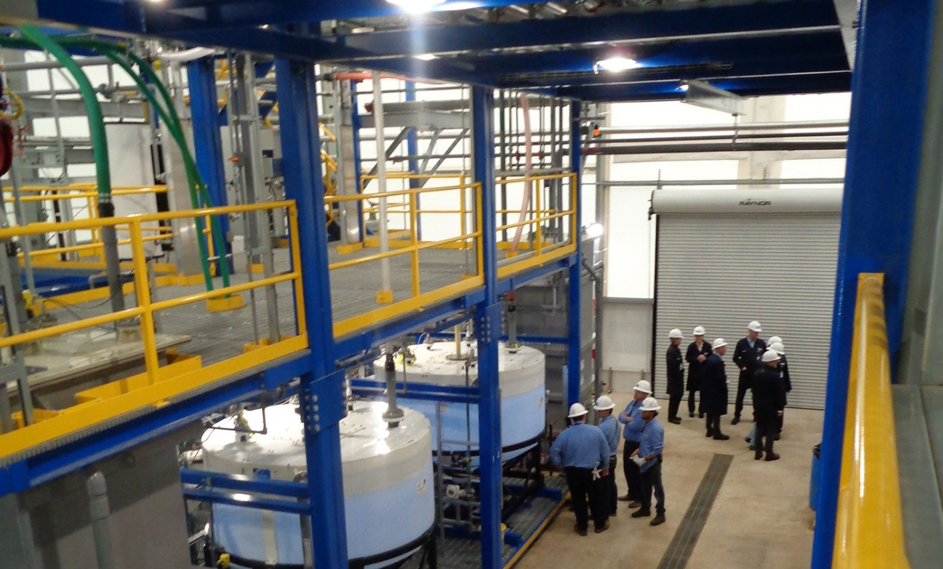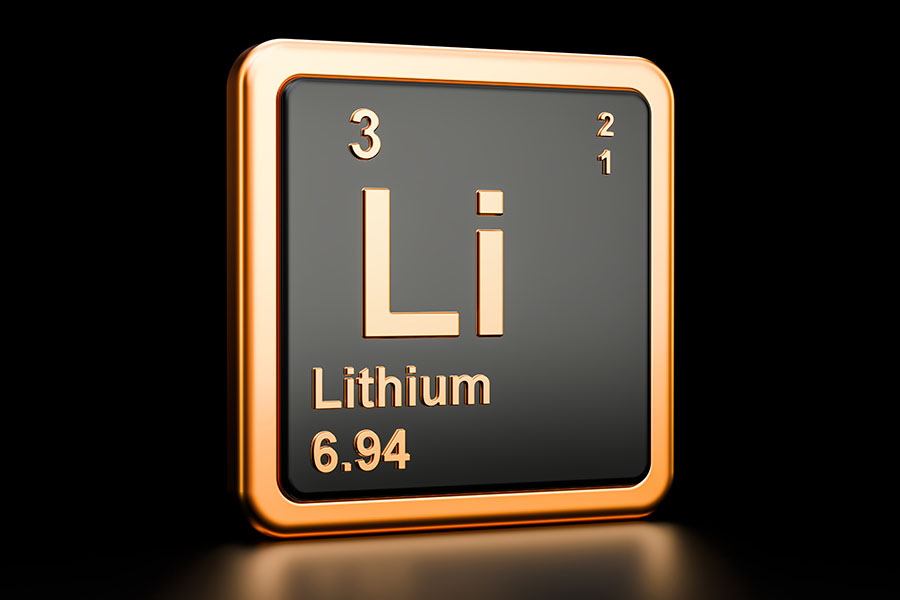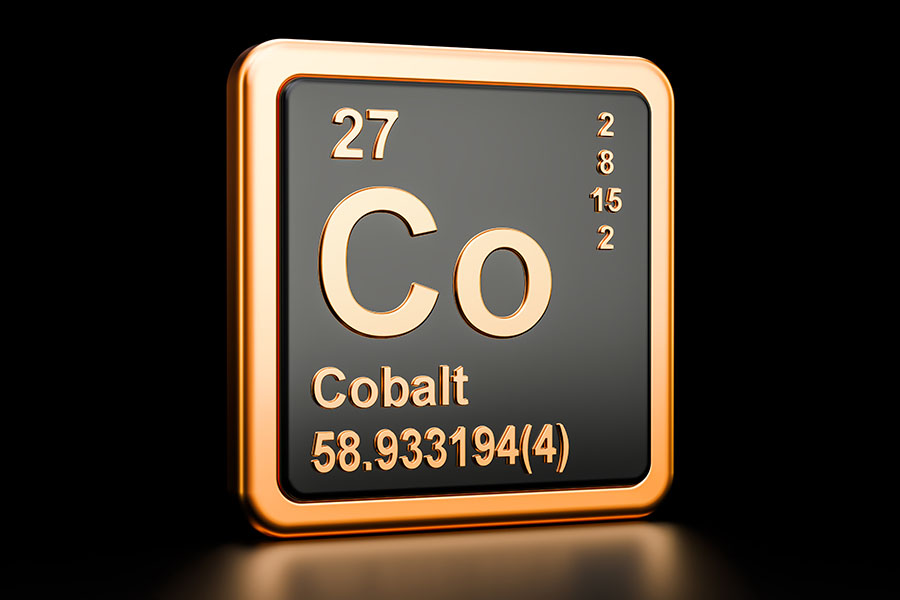 The dynamic, technical and complex level of research that is employed in developing new batteries makes the electrical storage landscape and battery market difficult to follow. This article serves as follow up to an earlier investigation of storage technologies, and looks more specifically at advantages and limitations of lithium batteries.
The dynamic, technical and complex level of research that is employed in developing new batteries makes the electrical storage landscape and battery market difficult to follow. This article serves as follow up to an earlier investigation of storage technologies, and looks more specifically at advantages and limitations of lithium batteries. The challenge for retail investors to navigate this arena for prospective future outlook can often appear as daunting as it is for consumers to make optimal choices for current electrical storage requirements. A closer investigation of lithium battery types, in terms of energy density, longevity, load characteristics, maintenance requirements, self-discharge and operational costs, may be useful to bring context for consumers and prospective investors.
Aware of consumer demands, battery manufacturers have responded by offering electrical-storage formats that are optimal for specific applications. Both the mobile-phone and personal computing-device industries offer examples of clever innovations with an emphasis placed on small size, high energy density and low price. Longevity is often regarded as a secondary consideration and, though one battery type may be designed for small size and long runtime, the pack will not last and wears out prematurely.
Lithium-ion packs that are currently being produced for defense applications exceed the energy density of any commercial equivalent, and these super-high capacity batteries are deemed unsafe in the hands of the public and the increased cost prohibits commercial marketability.
The fastest growing battery system is the lithium-ion storage format where high-energy density and light weight is of prime importance. The technology is fragile and a protection circuit is required to assure safety. Currently, the primary applications include notebook computers and cellular phones with the highest potential for anticipated electrical vehicle demand.


























































